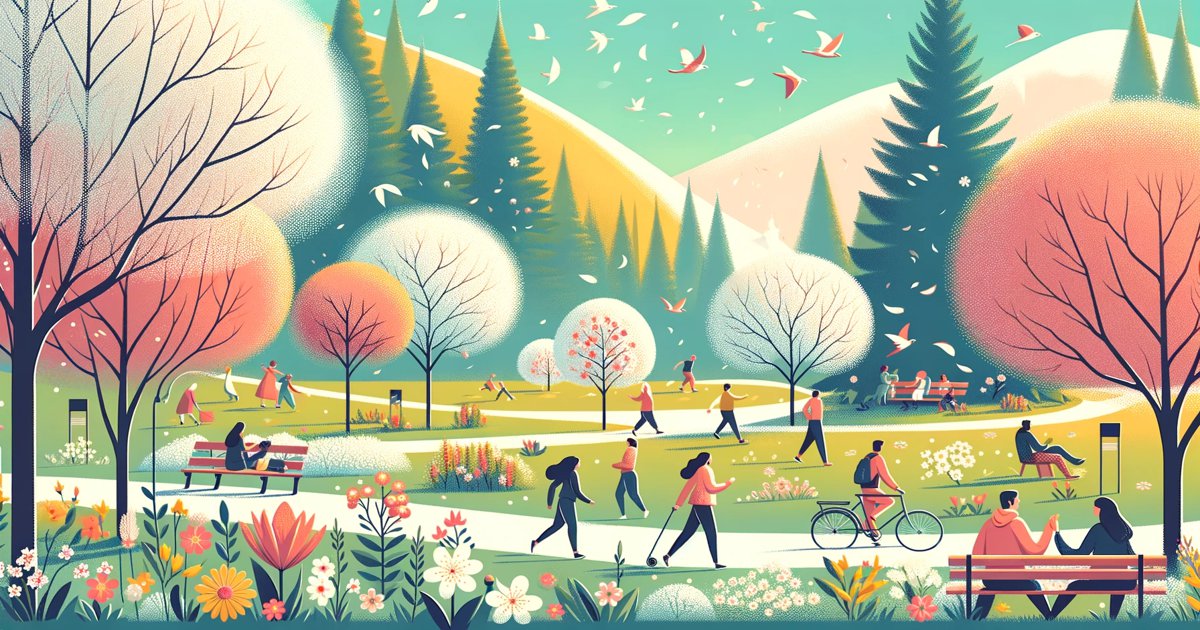The power of spring: how natural rhythms influence our well-being

January has flown by - the day after tomorrow, on the second of February, is Candlemas. One of my favourite dates in the calendar! In my childhood, this day was interwoven with all kinds of country proverbs that were often quoted in our family. "Candlemas in clover - Easter in snow", to name just one of them. The reliability of such weather forecasts was always a matter for debate!
However, the most important Candlemas rule concerned the increase in the amount of light available compared to the winter solstice on 21 December: the length of the day, which at Christmas had only increased by one "gnat's step", at New Year's by one "cock's step" and Epiphany by one "deer's leap", had already increased by a whole hour by Candlemas in our latitudes. And this is an effect that is not only clearly noticeable and perceptible, but also proves to be completely accurate every year (in contrast to the rather shaky long-term weather forecasts)!
The rhythm of nature often influences our well-being and physical condition in many ways more than we realise. Now, on the threshold of spring, there is a spirit of optimism everywhere. Most people actually feel more lively and cheerful too. This has to do with very specific physical changes that the increased amount of daylight triggers in us: our pulse rate increases in spring; most people sleep less now and many are also less hungry than in winter. This is why it is easier at this time of year to shed a few extra pounds that we may have put on over the past few months. Even children have been shown to grow faster in spring than in autumn.
At the centre of all this is a small gland in our brain: the pineal gland. The more light it receives, the less melatonin it produces. Melatonin is the hormone that regulates our sleep-wake cycle, and less melatonin means less sleepiness. In addition, the increased amount of light in our brain also increases the level of the neurotransmitter serotonin, which puts us in a good mood. These two hormonal changes inspire most of us in spring and give us a little extra dose of euphoria.
Seemingly paradoxically, however, some people tend to feel tired and listless right now. According to studies, every second German is affected by the phenomenon of "spring fatigue" (fun fact: the word actually only exists in the German language!) Older people and young people in particular suffer from it, but women with low blood pressure also often feel listless, perhaps even depressed, at this time of year. Researchers suspect that the bodies of these people simply have greater problems adapting to the greater fluctuations in temperature and light.
If you are affected: Exercise, daylight and fresh air help to combat the spring slump! So open the window from time to time and air the room thoroughly. If possible, go for a short walk every day (preferably first thing in the morning) and be active outside as often as possible. Even on a cloudy day, it's still light enough outside to reduce your melatonin production and boost your serotonin levels. And if it's actually really uncomfortable outside in terms of the weather: maybe there's a botanical garden somewhere nearby with large glass houses where you can get some light but protected from the weather?